Martinique is very much a Caribbean Island, but with a difference.
When you touch down at the Aimé Césaire airport, you are officially on French soil.
In 1946, this former colony was named an Overseas Department of France, and its residents became citizens of the republic. More than just an interesting bit of trivia, this relationship influences many aspects of life, from the shape of electrical outlets and the ready availability of fresh-baked baguettes to the regulation of scuba diving.
In France, the governing body for underwater activities is the Confédération Mondiale des Activités Subaquatiques, aka CMAS.
Historically, there’s been some misinformation about the ability of divers holding certifications from other international agencies to participate in CMAS dives. The short answer is there is no problem. Based on their experience and abilities, divers with crossover credentials are granted the same diving freedoms as their counterparts in the CMAS system.
I spent a week there at the Club Med in Buccaneers Creek.
Buccaneers Creek
Club Med opened Buccaneer’s Creek on the island of Martinique way back in 1969; their first village in the Americas.
There were far too many activities to list and almost everything was included. That goes for waterskiing, paddleboards, windsurfing and snorkel gear, free snorkelling excursions, free introductory scuba lessons and free tennis lessons. There was also yoga and stretching in the morning, free salsa and dance lessons, beach volleyball, and group participation nights, one of which included limbo.
It was in Martinique that I took part in the free CMAS Courses being offered.
Diving Diamond Rock
I decided to take part in the free CMAS scuba diving courses being offered.
After having spent the first couple of days snorkelling off the dock and really enjoying myself, I thought this would be a great way to get an introduction to scuba diving.
I wandered down to the beautiful curved dock, which juts far out into the water, where three Frenchmen were beginning the lessons. It was, knowing what I know now, very rudimentary but they basically covered buoyancy and the need to equalize your ears due to depth changes. As it turned out, I was the only one who was interested on that day but since the guides were on the dock, and Club Med had promised free scuba lessons, the dive would go ahead.
They showed me how to put on the gear and how to breathe through a regulator, that I should never stop breathing during the entire dive and explained that I would need to do a safety stop at 15 feet for 3 minutes at the very end of the dive and a short while later, the four of us got into a boat and headed out to Diamond Rock. On the ride out, they made sure to explain to me that if my air pressure got below 1,000 PSI at any point during the dive, I was to make contact and tap on my gauge so they could see.
We then headed out to Diamond Rock, known in Martinique as Le Rocher du Diamant.
This small uninhabited island is located about two kilometres from the tip of Le Diamant, which explains the name. The ‘Rock’ reaches a height of about 175 metres and is the remnant of an ancient chimney that solidified after the Mont Pelee volcano on Martinique erupted. Erosion gradually removed the shell, which revealed a dome of dacite and quartz, that is now almost a million years old.
But the real beauty to me was below the surface.
Diamond Rock offers particularly clear water, thanks to its distance from the coast, which made it an ideal place to go diving,
On our descent, we saw several hawksbill turtles and there was an abundance of coral and large sponges. As expected, the colours were spectacular.
But what is supposedly really magical about Diamond Rock is its secret passage.
One of the most famous dives around the Rock was, and still is, the Cathedrale, a huge hole in the rock that begins at a depth of about 42 feet, and allows divers to pass from the west side to the south one, through a wide 100 foot long tunnel.
These Frenchmen thought that would be a good idea on my first ever real dive to take me through this passage and since I am completely comfortable in the water, I saw nothing to be concerned about and quite enjoyed myself.
After passaging the tunnel, we were on a bit of a wall and the three guides decided it would be a good idea to continue down along the coral wall so I followed.
For some unknown reason to me, they continued down to a depth of almost 140 feet.During the descent, I noticed that it got darker and the colours were vanishing and I was a little disappointed. It was at this depth that I noticed my air pressure was less than 1,000 and I made contact with one of the guides and he motioned us to start our ascent.
During the ascent, my dive buddy signalled to me that we were going to stop at 20 feet. This signal is basically a slashing motion to communicate where he wanted me to stop. Then he held up ten fingers, which meant stop for ten minutes. I nodded and stopped alongside the three guys but about 5 minutes into the stop, I pointed out that I had less than 200 PSI of air left.
In retrospect, I know now that they had planned for something like this potentially happening as they had secured a spare tank to a line and it was dangling underneath the boat. Perhaps this happened more than once, since most of the guests taking these dives had no previous knowledge of scuba diving and this was certainly a good safety precaution.
One of the guides went up and brought the tank down to me just as the air in my tank ran out and I continued the safety stop while breathing through a tank I was holding around my waist.
We got back up on the boat and the three of these guys thought this was a great outing and had a good laugh about it. They lit up cigars and patted me on the back for ‘bon travail’, but in looking back, I suspect that they knew they had goofed up big time and wanted to play the entire incident down so I wouldn’t report them.
I thought it was kind of fun and figured – no harm done, just four guys out having some fun.
This was pretty much my first introduction to scuba diving.
Undeterred, I did go on to complete my Master Scuba Diver Trainers Certification some 15 years later.

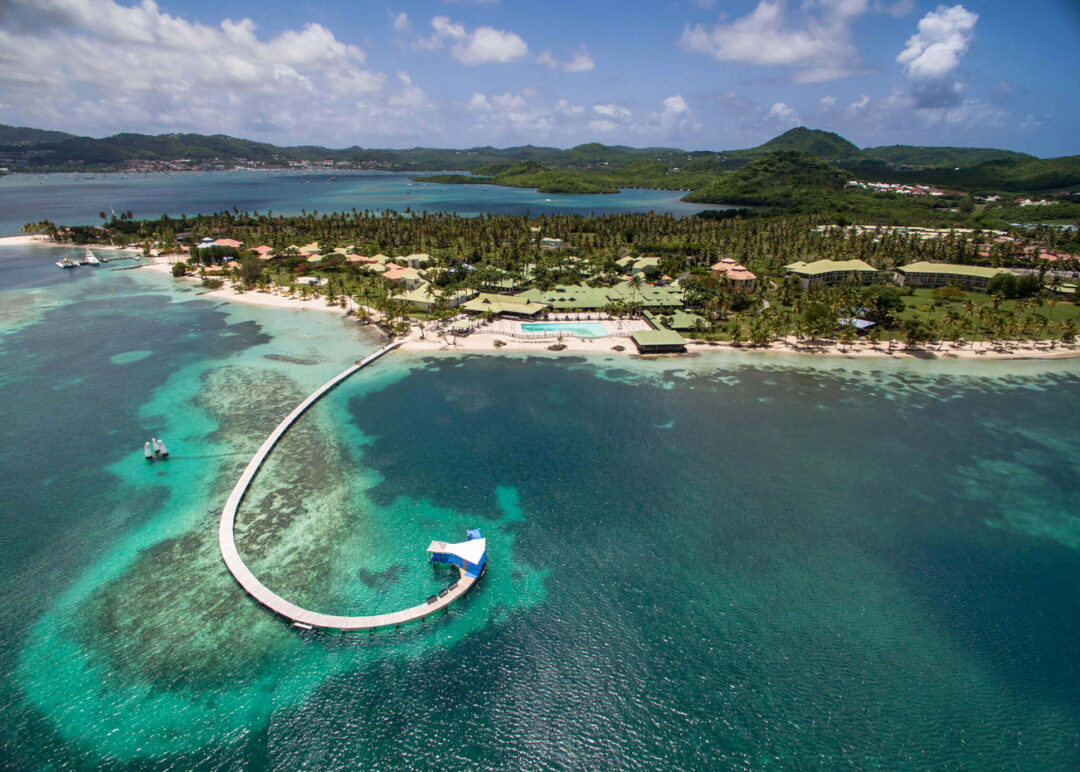
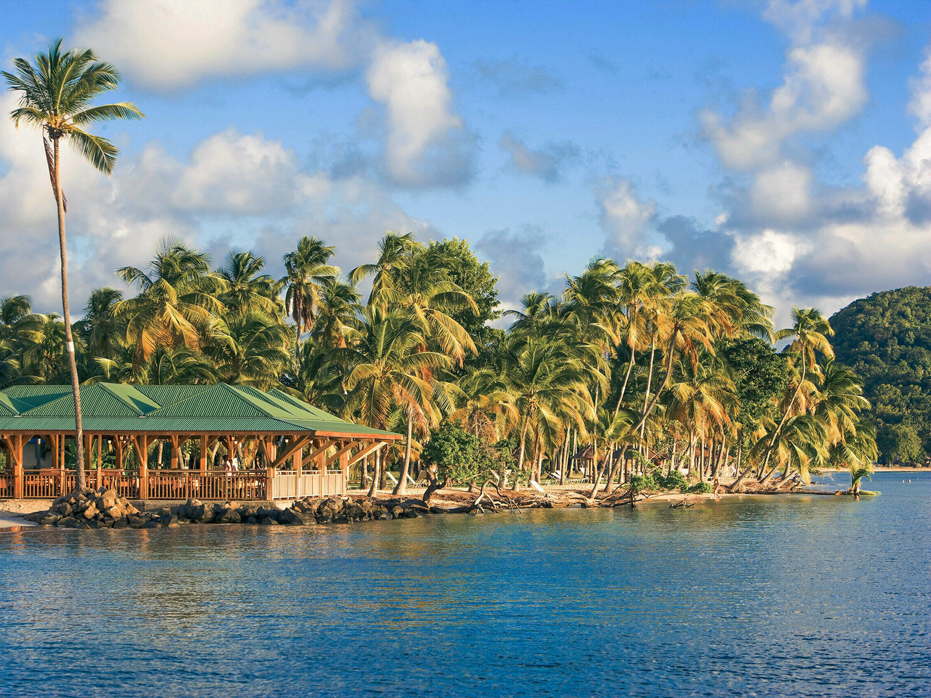
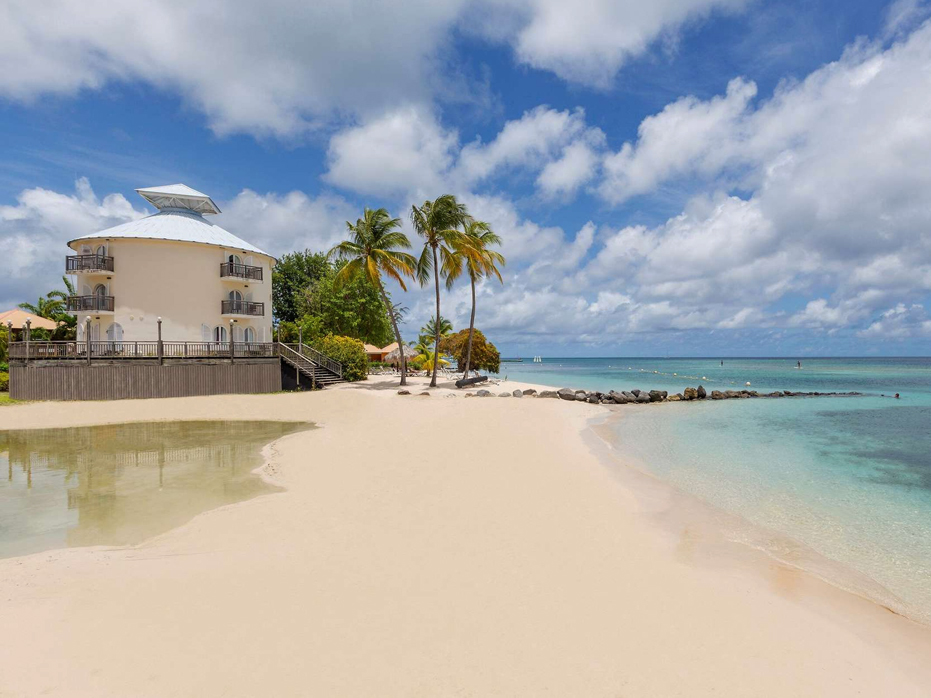
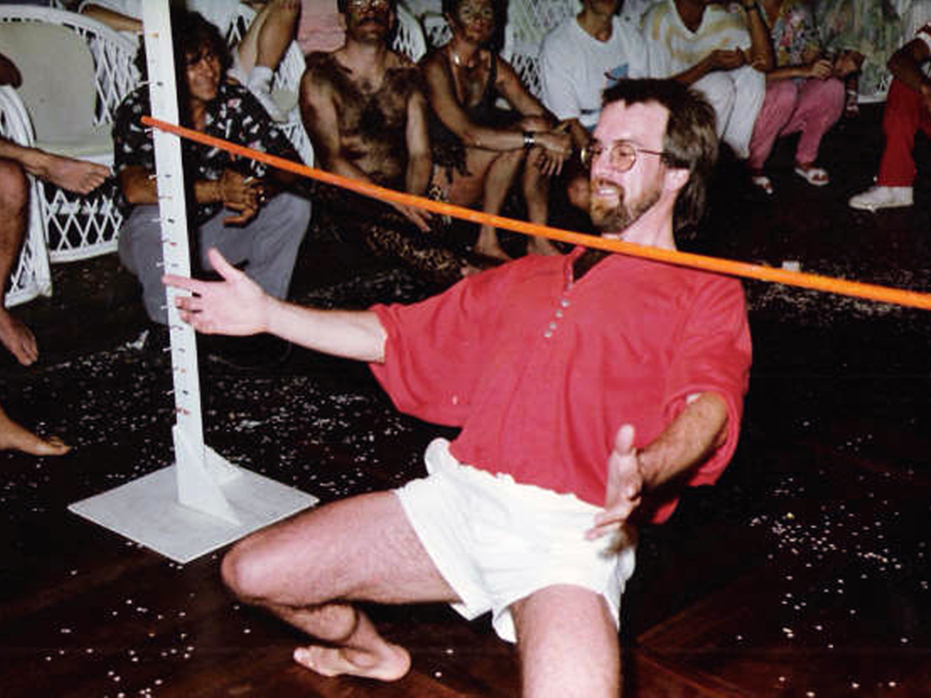
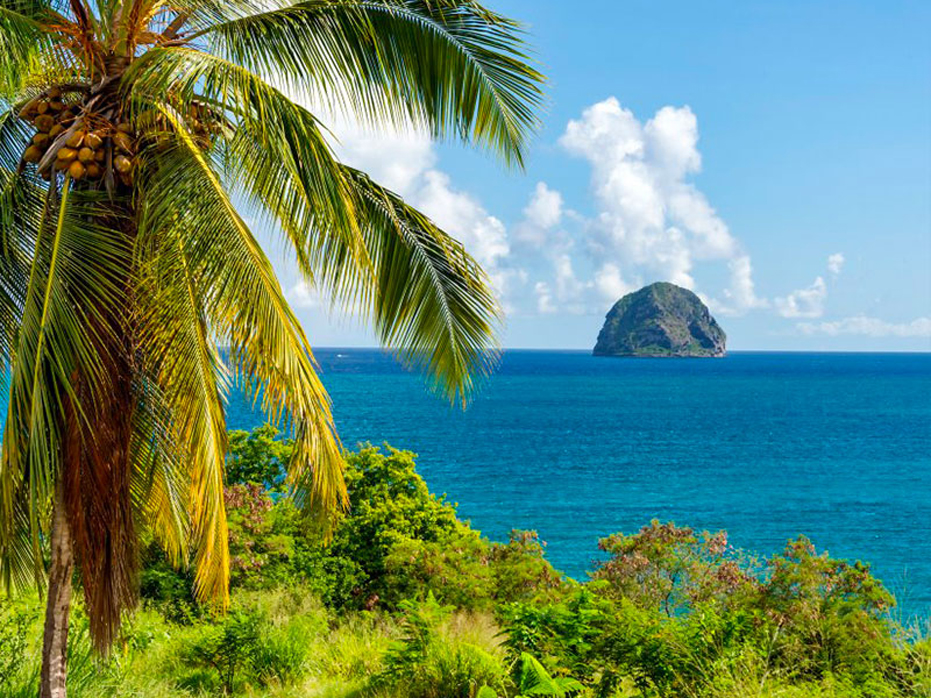
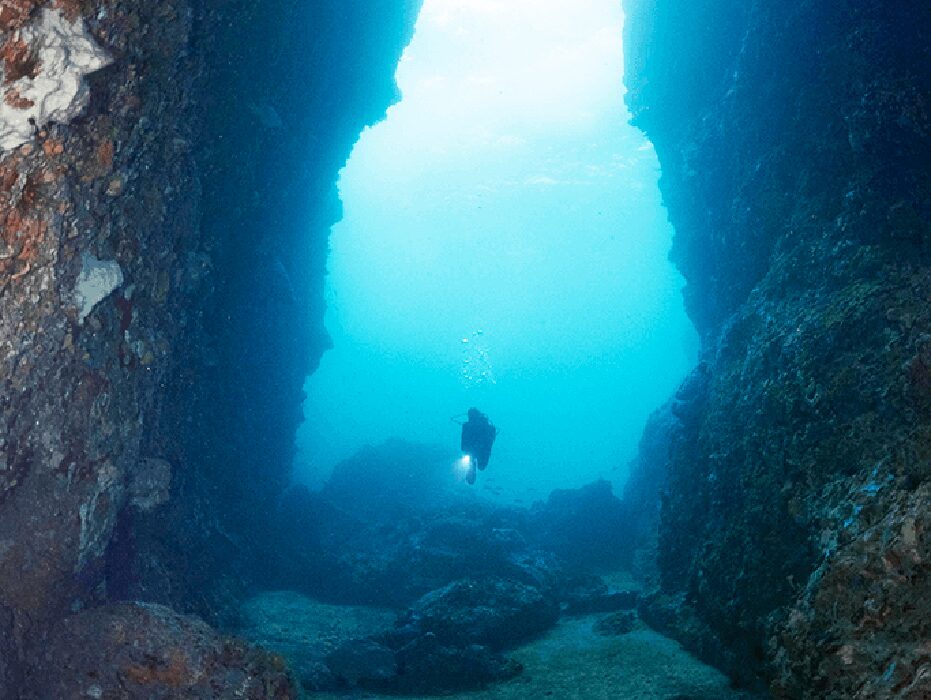
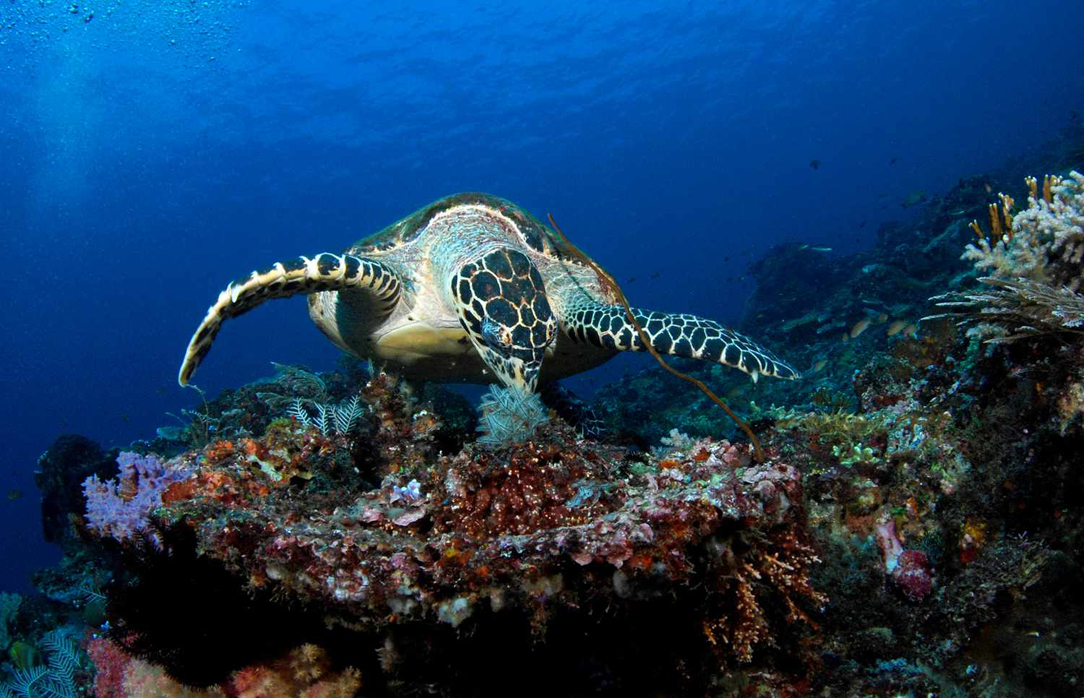
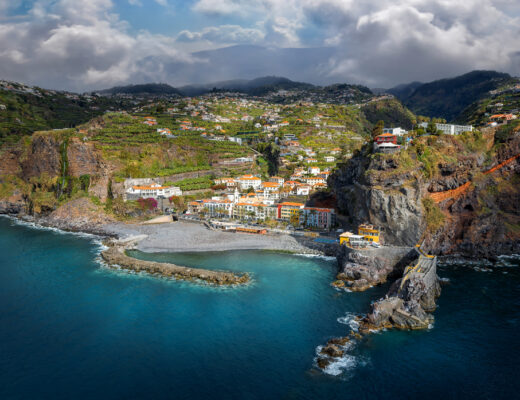
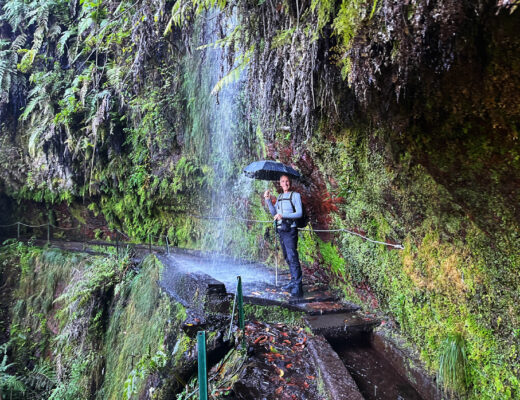
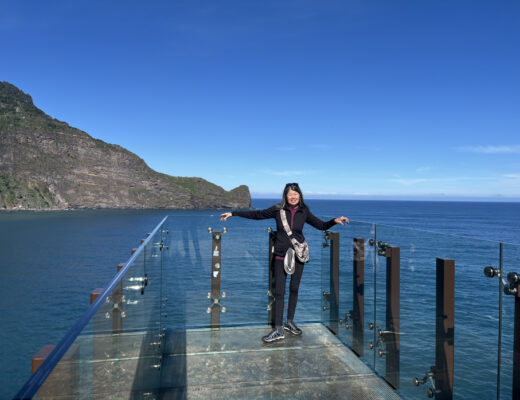
No Comments